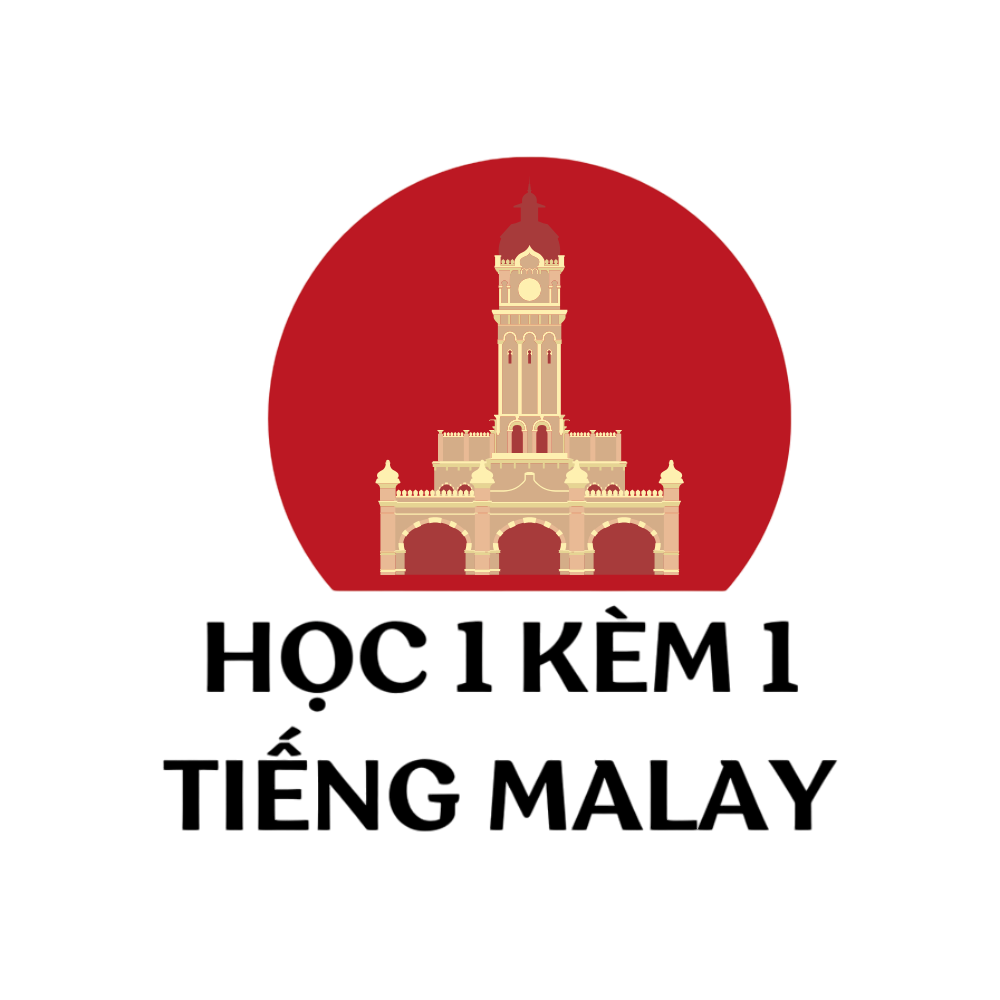The travel industry in 2025 stands at a juncture of innovation and responsibility. As global tourism rebounds to pre-pandemic levels, travelers and industry stakeholders alike are maneuvering a landscape transformed by environmental priorities, technological advancements, and evolving traveler demands.
## Green and Eco-Conscious Travel
The urgency for sustainability has become a foundation of modern travel. By 2025, the tourism sector is projected to generate 6.5 billion metric tons of climate pollutants, necessitating immediate measures. Destinations like Costa Rica and Bhutan are leading this charge, with the latter maintaining its status as the world’s only emissions-reversing country through strict visitor caps.
Revitalizing tourism models, such as New Zealand’s Māori-led sustainable excursions, are gaining traction. These projects reflect a broader shift: 73% of travelers now prioritize brands with strong environmental policies.
## Customization and Personalized Adventures
Luxury travel in 2025 is synonymous with extreme customization. Sophisticated tourists seek transformative journeys tailored to their unique interests. Operators like LuxGroup emphasize “conscientious indulgence,” combining luxury with cultural immersion.
AI technology is transforming trip planning, enabling dynamic itineraries that respond to immediate interests. This trend corresponds to findings that 64% of luxury travelers prefer personalized offerings over standardized options.
## Avoiding Overtourism Through Ingenuity
Overtourism remains a critical challenge, prompting travelers to seek “alternative locations” and off-peak travel. Cities like Ljubljana are mitigating congestion through car-free zones and cycling networks.
Governments are intervening; Amsterdam and Majorca have introduced tourist limits and conduct regulations to protect local ecosystems.
## Technology’s Role in Frictionless Travel
AI’s influence extends beyond personalization into process optimization. Chatbots handle 24/7 customer inquiries, while data projections optimize flight schedules and hotel pricing. Virtual reality previews allow travelers to “test” destinations before booking.
Applications like Seven Corners simplify trip management, offering instant notifications on weather, crowds, and transportation delays. Cryptographic recordkeeping enhances clarity in carbon offset programs.
## Extended Visits and Traditional Engagement
The era of whirlwind tours is waning. Luxury travelers are commonly opting for two-week stays to intensify cultural connections. Families are increasingly embracing “work trips,” combining remote work with lengthy residencies.
## Event-Driven Travel and Novel Experiences
“Event hopping” has surged, with fans crisscrossing globes for major events. Celestial tourism—exemplified by constellation viewing in Chile’s Atacama Desert—reflects expanding appeal in astronomical events.
## Wellbeing and Digital Detox
Self-care journeys is evolving beyond relaxation resorts to encompass integrated therapies. Tech-free escapes combine meditation with farm-fresh meals, aligning with a 95% rise in demand for health-oriented itineraries.
## Monetary Tactics and Cost-Sensitive Travel
Travelers are employing rewards systems and packaged deals to optimize savings. Financial perks are being deliberately exchanged for upgrades, reflecting a shift toward “strategic indulgence”.
## Conclusion
The travel landscape of 2025 is defined by its duality: a yearning for exploration tempered by principled stewardship. As destinations harmonize innovation with protection, stakeholders can ensure tourism remains a bridge—not a impediment—to a more united and conscientious world.
